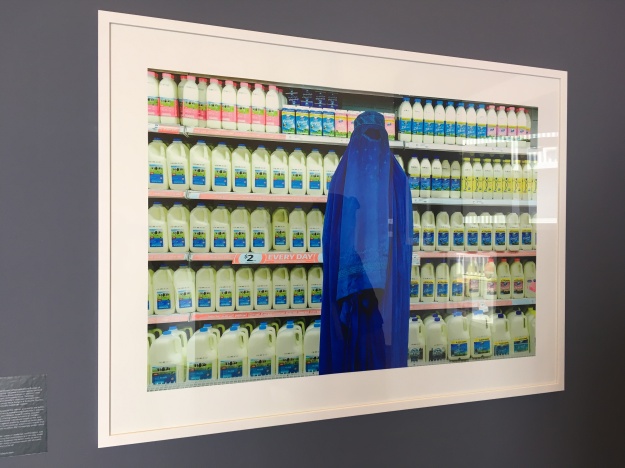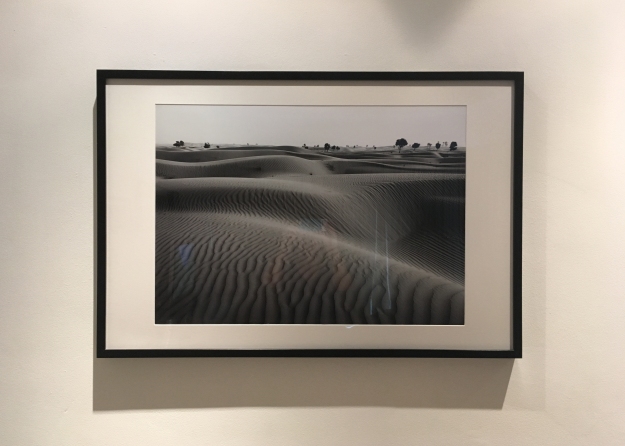GALLERY VISIT – September 30th 2017
‘Behind the Portrait’
Various photographers

Gulf Photo Plus (GPP) hosts a community show every year, and the subject for the 2017 show (which has just opened here in Dubai) is portraiture. The concept is however both intriguing and profoundly apt to my coursework at the moment. The brief for submission to this show was to include a short write up of the ‘meaning’ behind the image. The concept is in response to the over-saturation of imagery that we are subjected to in every day life, all with little in the way of substance, “This abundance of imagery, and the fleeting moments with which we consume it, can cause us to lose sight of the story and the emotions behind each image.” (GPP, 2017). This show features the work of 38 different photographers, with images shot across a wide array of locations.
The timing of this exhibition couldn’t have been better, as I am about to embark on ‘The Language of Light’ and there is opportunity to work on portraits as part of the course work / assignment. I have also only just begun to introduce a greater depth of meaning within my work, so this exhibition almost seemed too good to be true.
There are a range of images within this show, as would be expected with curating the work of 38 different photographer’s work. One thing that stood out for me throughout the body of work, was the role of gender. And of course. The dominance of Middle Eastern / Muslim photographers will perhaps always yield such results.
Working my way round the exhibition, a few of the write-ups felt disappointingly like a description rather than an insightful meaning. However, most of the meanings were specific to gender and their subsequent role in society. Likewise, many were specific to place, with strong socio-cultural influence. There was little in the way of surprise between the written and the visual, however the details and descriptions were thought-provoking, offering the perspective of someone else’s life, desires or hardships.
I came away with the notion that there can be a deeply profound meaning behind a relatively simple image. The connection does not always need to be overtly apparent. The emphasis is on importance and relevance to your concept, regardless if the next person deems it insignificant.
Reference:
GPP. 2017. Behind the Portrait. [ONLINE] Available at: http://gulfphotoplus.com/exhibitions/40/Behind-the-Portrait. [Accessed 30 September 2017].

